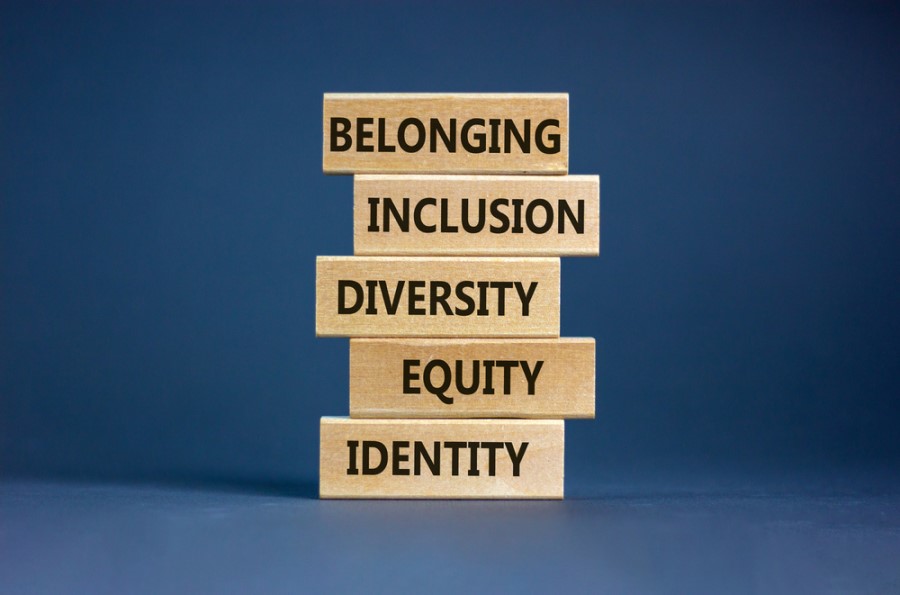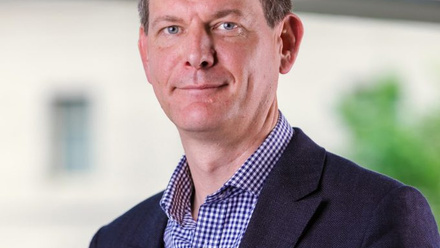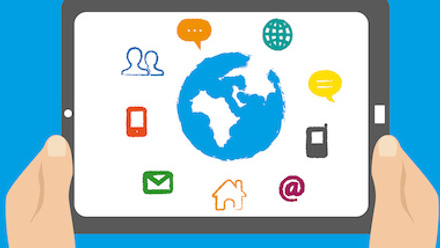Saga brings together D&I, wellbeing and employee benefits to unite its culture and drive behaviour

We spoke with Rashree Chhatrisha, head of pensions and benefits, and Roisin Mackenzie, people director for reward, attraction and belonging, both from Saga, about their cultural transformation journey, which has seen them put colleagues’ wellbeing and inclusion at the heart of their employee benefits proposition.
“This is about more than the executive team just ticking a box,” says Chhatrisha. “We want to genuinely change our culture to drive knowledge and behaviours in the business.”
The advantages of working collaboratively
For Chhatrisha and Mackenzie the need to bring benefits and D&I together was clear, as diverse, inclusive organisations that prioritise belonging and wellbeing in their culture and benefits, outperform competitors.
Saga knows that its shareholders and customers will hold the company accountable for a positive culture and good wellbeing, as part of good governance. But even more importantly, says Mackenzie, “it’s the right thing to do for our colleagues”.
The importance of corporate culture was raised in REBA’s recent People risk: why the need for change is urgent report, which revealed that 53% of HR teams are increasing their focus on corporate culture change in 2021. A further 85% were focused on employee wellbeing, and 68% and 65% were looking at D&I for BAME groups and D&I for gender, respectively.
It is clear that the links between employee wellbeing, benefits and D&I are being increasingly recognised as a strategic business tool that can enhance and drive company culture. Something that Saga’s own executive team also believe in.
“We’re extremely fortunate to have an executive team and a board who truly understand the value of putting people at the heart of Saga’s culture,” explains Mackenzie. “When our new strategy was launched, having people and culture as the first pillar was a clear indicator of how committed our senior leadership are to driving a real change within Saga.
“Often the challenge with D&I, or wellbeing initiatives, is justifying the business case for investing, however that is not a challenge at Saga. Our leaders are highly attuned to the fact that this is not just a business savvy thing to do, it’s also the right thing to do for our colleagues and ultimately our customers.”
Driving knowledge and behaviours
For Saga, a large part of its diversity, inclusion and belonging strategy is centred on building leaders and line managers’ Cultural Intelligence (CQ) to help create a “genuinely equitable” culture.
The aim of the programme is to upskill and equip managers with knowledge around the principles of D&I to enable them to better understand and support their colleagues. Mackenzie hopes that this approach will see managers, who are a vital part of the Saga community, really land the cultural step change they’re hoping to see.
“It’s not that this group have a poor level of understanding currently, it’s more an opportunity to build their maturity on the [D&I] topic and ensure that the principles of CQ are understood. That way, we can really make Saga a place where all colleagues can be their exceptional selves every day and our management team are equipped to support them,” explains Mackenzie.
Saga plans to improve their people team colleagues’ CQ by running a series of upskill sessions to help them understand the part that D&I plays at all levels of the colleague lifecycle. The series has already challenged the business to think more inclusively around the everyday decisions that they might make.
“We have just delivered our first session to our senior leadership community, with the follow-up scheduled for late May,” says Mackenzie. “This session helped our leaders really question their own relationship with Saga’s inclusion strategy and helped them understand the part that they can play in increasing their own CQ for their teams.”
Linking D&I back to employee benefits and wellbeing
So how does all of this relate back to employee benefits and wellbeing?
An obvious example is Saga’s newly formed menopause policy which came about, in part, as a result of insight gained from the organisation’s inclusion forums. These forums have helped them to understand what matters most to different demographics of their colleagues.
The menopause policy provides details about what menopause is and the potential symptoms women might experience. In addition to providing information and guidance for those experiencing the menopause, and to managers supporting those going through this life stage, the policy details the benefits available to women.
These include: the organisation’s Be Supported programme, which provides personal online and telephone support; access to a telephone GP service; a mental health app which offers specific information and support about the menopause; and access to Occupational Health services.
Together these benefits offer comprehensive support for those going through the menopause and for managers who are supporting their colleagues.
What was really well received was the lunch and learn session with external speaker Nicki Williams, author of It’s not YOU, It’s YOUR Hormones. This session, together with the menopause policy, has created a forum for some really engaging comments from colleagues. “Even senior male directors in the business have recognised that this is an issue for so many women that is not properly recognised by society, let alone employers,” says Chhatrisha.
As Saga continues on its journey to transform its people and culture, it’s clear that bringing together D&I, wellbeing and employee benefits to form a single whole organisation strategy is an effective way to bring about change.
The author is Dawn Lewis, content editor at REBA.






